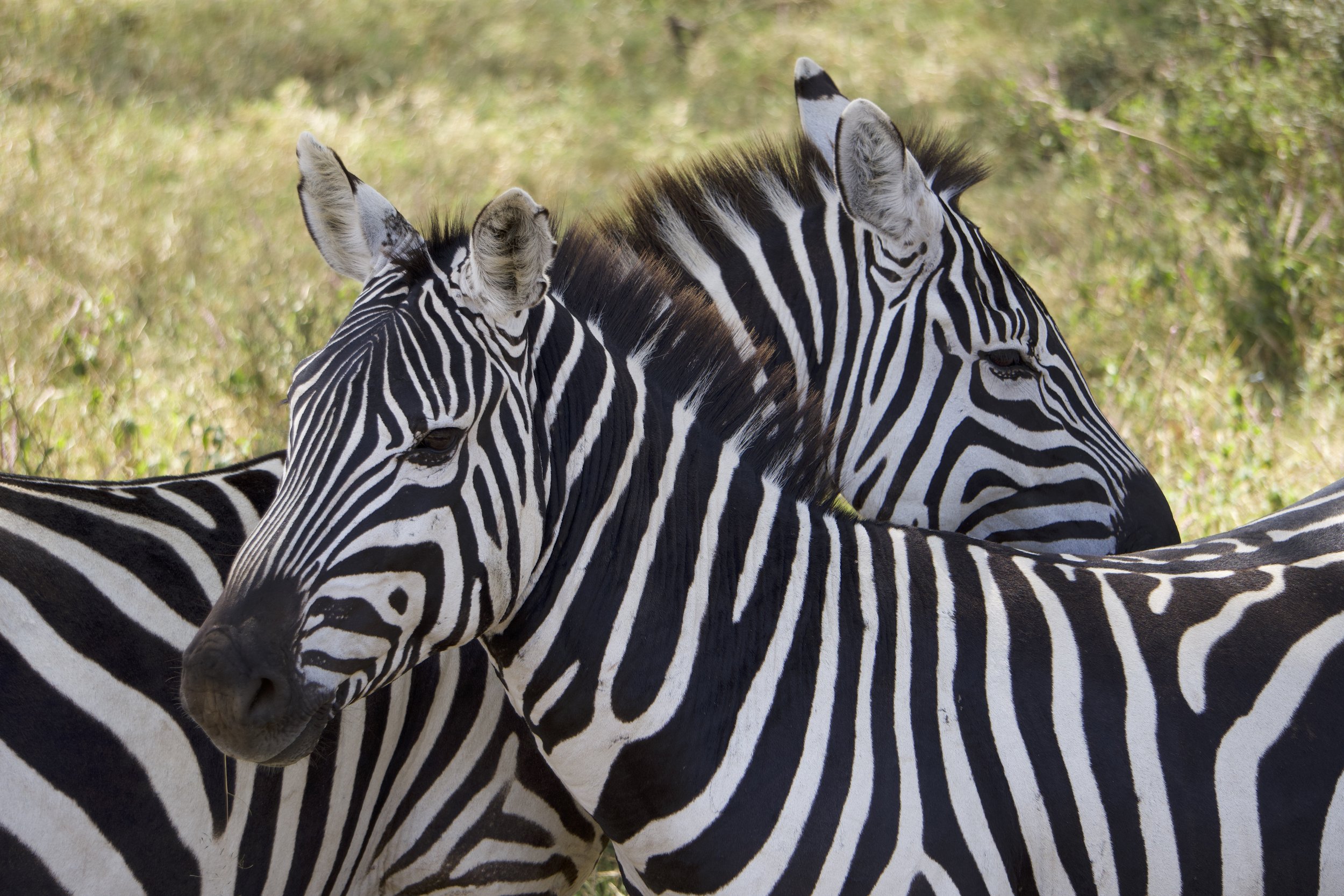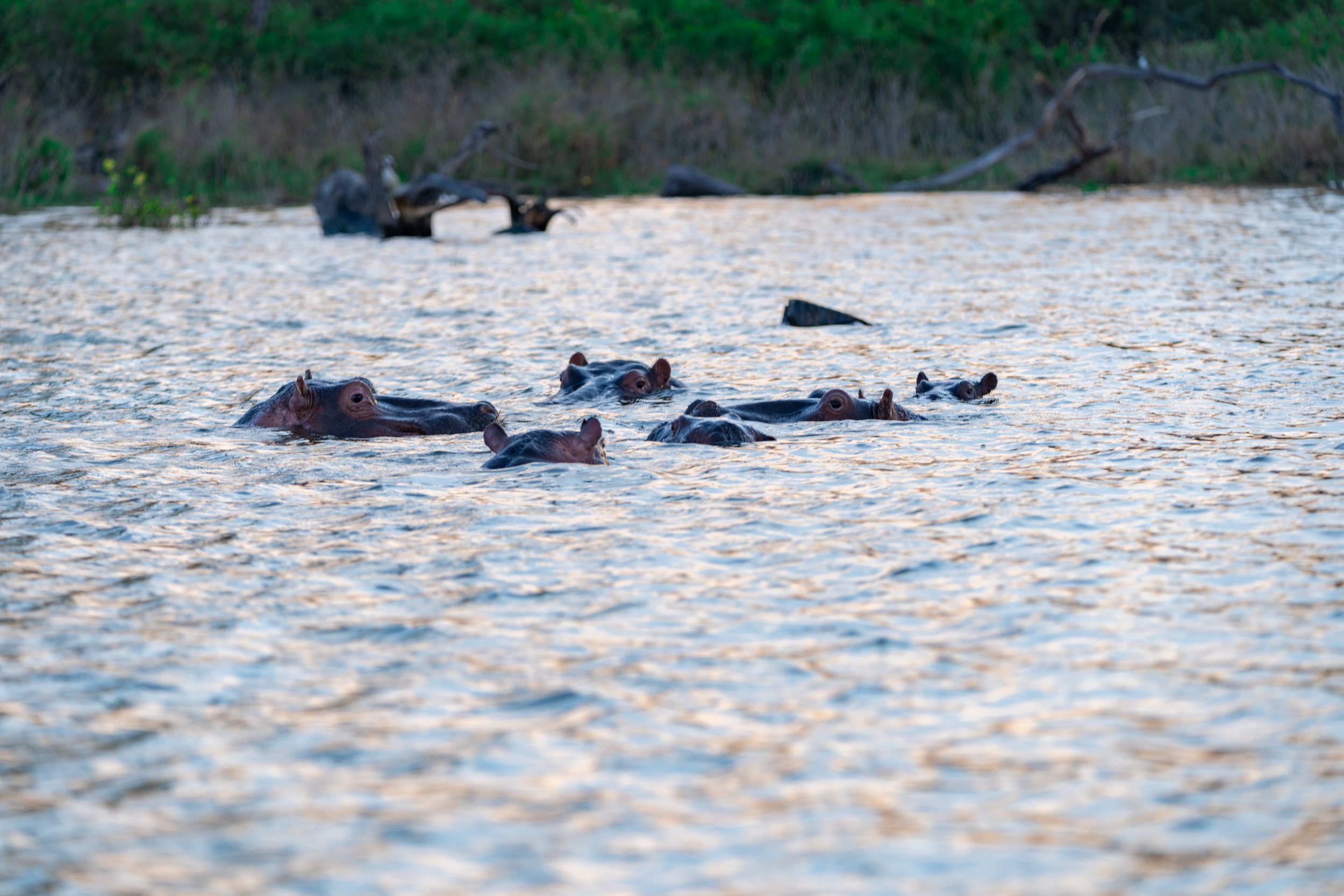Safari Secrets: What I Learned About Kenya's Wildlife
A remarkable moment capturing Africa's tallest and largest land mammals in one frame - a beautiful example of how different species share the same habitat.
Nature documentaries capture stunning moments, but spending time in Kenya revealed the raw, complex reality of wildlife. Between conversations with our guides and quiet moments of observation, I discovered aspects of these animals that changed how I see the natural world. Here are nine facts that have stayed with me.
1. The Unlikely Friendship
Here's a surprising duo: giraffes and warthogs (lovingly called "pumbas" in Kenya) are actually travel buddies! But before you say "aww," wait for the plot twist...
2. A Partnership of Convenience
These unlikely friends have a fascinating arrangement: warthogs use giraffes for shade and early warning signals (thanks to those long-necked lookouts), while giraffes... well, let's just say they keep their shorter friends around as a backup plan when predators appear!
A reticulated giraffe browsing on acacia leaves - their unique pattern acts like human fingerprints, with no two giraffes sharing exactly the same pattern.
3. The Adorable Airheads
Speaking of warthogs, they're officially among the most forgetful creatures in the animal kingdom. With a 60-second memory span, they literally forget where they're running to... mid-run! (I've had some similar moments trying to navigate new cities, but that's another story 😅)
A sounder of warthogs traversing the savanna - these social animals are often seen in family groups and can run up to 30 mph despite their stocky build.
4. Giraffe Sun Protection
Ever wondered why giraffes have black tongues? It's nature's sunscreen! Since they spend all day with their tongues out reaching for leaves, this built-in protection keeps them safe. Bonus fact: they're also expert head-butters!
At the Giraffe Center in Nairobi, visitors can hand-feed these gentle giants - a giraffe's tongue can be up to 50 cm long and is specially darkened to protect it from sunburn.
A giraffe's sensitive nose up close - these animals have an excellent sense of smell that helps them locate their favorite acacia leaves and avoid those that are too bitter.
A pair of reticulated giraffes sharing a meal - their long necks contain the same number of vertebrae as humans (seven), just much longer ones!
5. The Drama of Impala Dating
Impala herds are actually "harems," with one male protecting multiple females. But here's the heartbreaking part – those lone, one-horned impalas often seen drifting on the horizon? They're the former leaders who lost their kingdoms in dramatic battles.
A male Grant's gazelle showing off its impressive horns - these elegant antelope can reach speeds of 60 mph and leap up to 12 feet in a single bound.
6. Zebra's Brilliant Strategy
Those iconic black-and-white stripes aren't just for show! Zebras stand close together facing opposite directions to create a super-efficient predator warning system. It's both adorable and genius!
Plains zebras showing their unique stripe patterns - like human fingerprints, no two zebras have identical stripes, helping them recognize each other within the herd.
The endangered Grevy's zebra, distinguished by its narrow stripes and white belly - Kenya is home to over 90% of the world's remaining wild population.
7. The Hippo Truth
Forget what you think you know about hippos – they're actually the most dangerous species in the African wild! Yes, their babies are absolutely precious, but these aren't the gentle giants we imagined. "Hungry Hungry Hippos" takes on a whole new meaning here.
Hippos spend most of their day submerged in water to keep cool and protect their sensitive skin. Despite their aquatic lifestyle, they can't actually swim - they push off from the bottom.
A bloat of hippos keeping cool in the water - they spend most of their day submerged to protect their sensitive skin from the sun and stay cool in the African heat.
8. Elephant Wisdom
Here's something beautiful: elephant herds travel at the pace of their slowest member, with babies protected in the middle. In our rush to see and do everything while traveling, maybe we could learn something from their mindful approach.
A magnificent African elephant in its natural habitat - these intelligent creatures can communicate through vibrations in the ground that travel up to 6 miles!
A family unit of elephants taking a communal drink - these highly social animals maintain close family bonds throughout their lives and are led by experienced matriarchs.
9. The Lion King Connection
And for all my fellow Disney fans – those character names from The Lion King? They're actual Swahili words! I loved calling my Kenyan partner, James, "Rafiki" (which means friend) during our adventures. It's these little cultural connections that make travel so meaningful.
A lioness taking a break from the heat - these big cats rest up to 20 hours a day, conserving energy for their nighttime hunts.
Despite weighing up to 6,000 pounds, white rhinoceros are herbivores that primarily graze on grass. Their distinctive square lip helps them crop grass close to the ground.
The majestic East African oryx, perfectly adapted to arid conditions with specialized blood vessels that cool their brain temperature and prevent overheating.
The male red-headed agama lizard shows off its brilliant breeding colors - these adaptable creatures are often called 'rainbow lizards' due to their striking appearance
A female ostrich in her natural habitat - these flightless birds can sprint at speeds up to 43 mph and deliver powerful kicks to defend themselves.
The distinctive red-billed hornbill, known for its impressive beak and role in maintaining savanna ecosystems by controlling insect populations.
A Nile crocodile basking on the riverbank - these ancient reptiles have remained virtually unchanged for over 200 million years!
These discoveries reminded me why we travel differently – not just to check off bucket list items, but to truly understand the places we visit. Sometimes that means challenging our expectations and embracing both the beauty and the brutal honesty of nature. You can Google any of the facts above to fact check, or you can join my Kenya waitlist and join me in 2026!
[📸: Shoutout to our guide, Justin, for some of these awesome wildlife photos.]





















